Unusual New York - Churches of New York. Part 1.
Unusual New York - Churches of New York. Part 1.
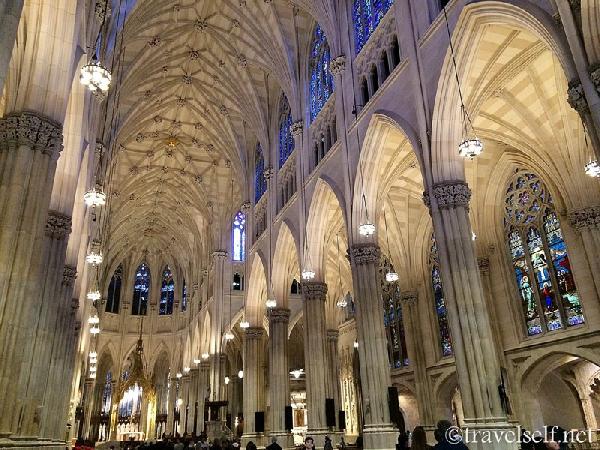
St. Patrick's Cathedral, New York
Life rages here day and night.
The city has over 8 million inhabitants. And according to statistics, about 40 million tourists come to the Big Apple every year!
Everyone sets a goal to visit Times Square, walk along the Brooklyn Bridge, climb one of the observation decks of the city and see other sights, all sorts of must see and must visit.
But there are places that are of great importance in the life of Americans, but are not something significant for tourists. These are New York churches.
We will not talk about religion here. We will not talk about faith.
Here I just want to show another New York - unusual and interesting.
Show its architecture and history.
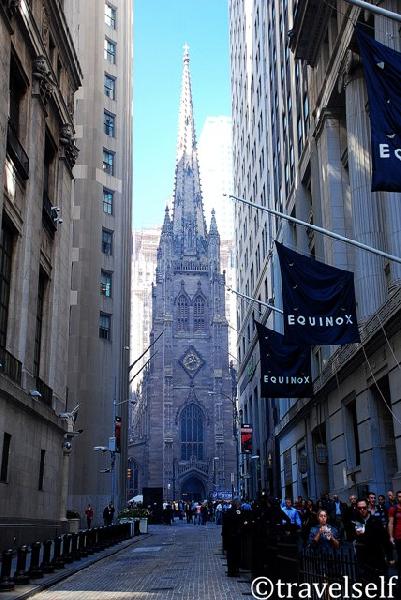
Trinity Church, New York
Trinity Church
75 broadway,
New York, NY 10006
Walking along Wall Street, from afar you can see a beautiful building with a very high spire.
This is the Trinity Church, which is located at the intersection of Wall Street and Broadway. It is also called Trinity Wall Street.
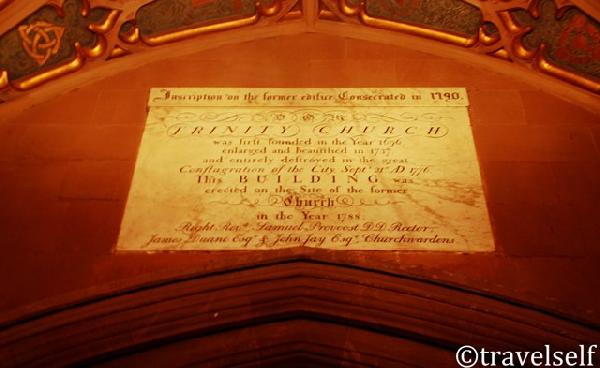
Sign above the entrance to Trinity Church, New York
Founded during the British occupation of New York and recognized by royal charter, Trinity was the first Anglican church in Manhattan.
The first building of the Church was built in 1698 and was very modest. In 1776, during the great fire of New York, the church burned down. The new building was built only 14 years later, in 1790. In 1839, due to heavy snowfall, the building collapsed. The church received its present form in 1846. With an 85-meter spire, at the time of construction, the building turned out to be the tallest building in New York until 1890 (then the New York World Building was built, now defunct, it was demolished in 1955).
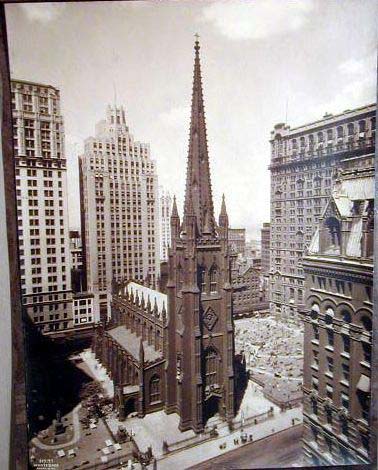
Trinity Church, New York, 1846
A number of churches in New York City were originally founded as Trinity Chapels before becoming independent. St. Paul's Chapel, at Broadway and Fulton Street (next to the Church) remains part of the parish to this day. Built in 1766, the chapel "witnessed" many key events in the life of New York and the country as a whole. So in 1789, George Washington prayed there after his inauguration as president. Located across the street from the World Trade Center, St. Paul's Chapel was instrumental in rescuing and sheltering workers after the September 11, 2001 attacks.
Trinity Church in New York has a strong tradition regarding music and the arts. The Trinity Wall Street Choir, a Grammy-nominated professional ensemble, takes part in Sunday services and hosts early and contemporary music concerts throughout the fall.
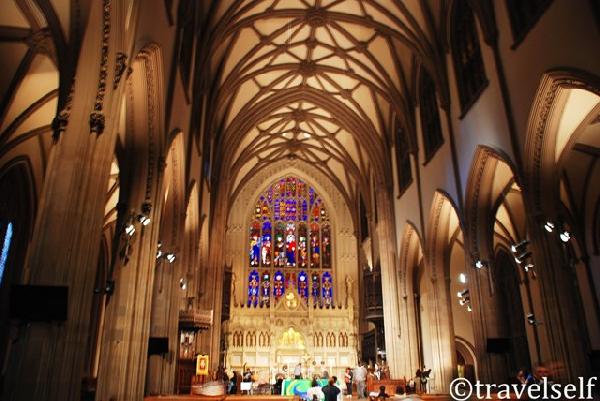
Trinity Church, New York
Inside the Church there is a museum that tells both the long history of Trinity Church and St. Paul's Chapel, as well as modern history, in particular about the survivors of the 11/09 terrorist attacks.
Unlike most churches that exist on the money and donations of parishioners, Trinity is a fairly large owner of real estate. In 1705, Queen Anne of England donated a fairly large piece of land to the church, which subsequently made this church very rich. She owns a property with an area of 6,000,000 sq.m. in 18 commercial buildings just north of the church. The proceeds from the rent of these premises allow the church to conduct services, fulfill its mission and maintain the Church and the Chapel of St. Paul.
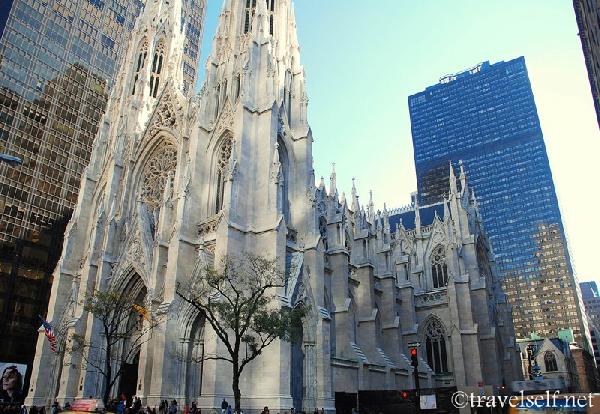
St. Patrick's Cathedral, New York
St. Patrick's Cathedral
14 East 51st Street New York, NY 10022
Saint Patrick is a very significant figure for New Yorkers. Every year in March, a parade is held in honor of the patron saint of Ireland and the Archbishop of New York, who brought Christianity to new lands. (The New World was for a long time under the rule of the British).
Saint Patrick has become so popular in the States that the day of his death is celebrated nationally.
And as important as St. Patrick is to Americans, St. Patrick's Cathedral, located on Fifth Avenue, looks just as large and impressive.
The history of the great cathedral in New York reflects the history of the city itself. Created to affirm the reign of religious freedom and tolerance, St. Patrick's Cathedral was built in a democratic spirit, with contributions from both thousands of poor immigrants and the generosity of more than a hundred prominent citizens who contributed $1,000 each.
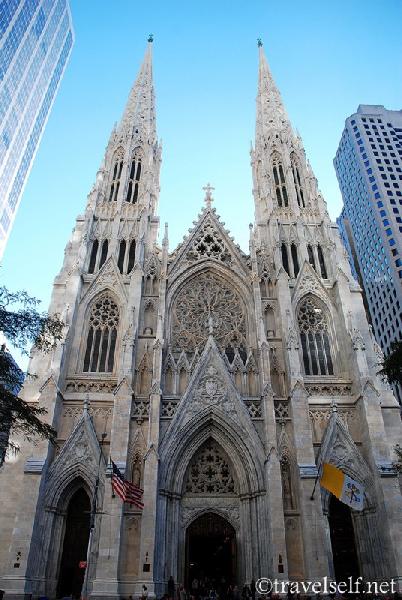
St. Patrick's Cathedral, New York
It was over 150 years ago when then-Archbishop John Hughes announced his inspired ambition to build a "new" St. Patrick's Cathedral.
Both his very idea to build the Cathedral and the proposed site were considered "Hughes' folly". It was considered that the chosen place - "almost a desert" - is too far outside the city. Archbishop Hughes, however, insisted on his vision of building "the most beautiful Gothic Cathedral in the New World" in what he believed would one day be "the heart of the city". Neither the bloodshed of the Civil War, nor the lack of manpower or funds, could thwart the architect and Hughes' dream. The construction of the Cathedral began in 1858 and its doors were opened to everyone in 1879.
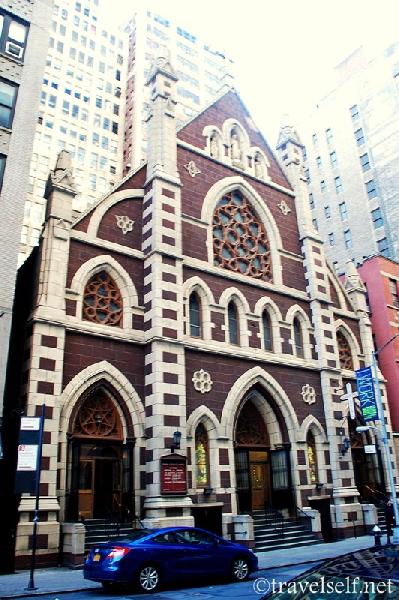
Church of The Holy Innocents, New York
The Roman Catholic Church of The Holy Innocents
128 West 37th Street,
New York, NY 10018
The Roman Catholic Church of the Holy Innocents is located at the Fashion Center in Midtown Manhattan. The mission of the church was to become a spiritual oasis in one of the busiest business districts in the world - Times Herald Square.
The Church of the Holy Innocents was founded in 1866, when the area around 37th Street and Broadway was semi-rural. The current Neo-Gothic building was completed in 1870.
In the early years of the service, cows roamed the streets and pastures around the Church of the Holy Innocents. But the city quickly grew and expanded to the north. By the early 1900s, it was already known as the newspaper district (The Herald) and the theater (Metropolitan Opera). The Church of The Holy Innocents was called the "church of the actor". Eugene O'Neill, playwright, was baptized in the church in 1888.
By 1910 the square underwent profound changes. In place of apartment buildings "come" commercial buildings. The squares changed their name to Times Square and Herald Square. Meanwhile, The Holy Innocents became a spiritual oasis for a huge number of people who worked in offices, factories, salons in those buildings that towered around.
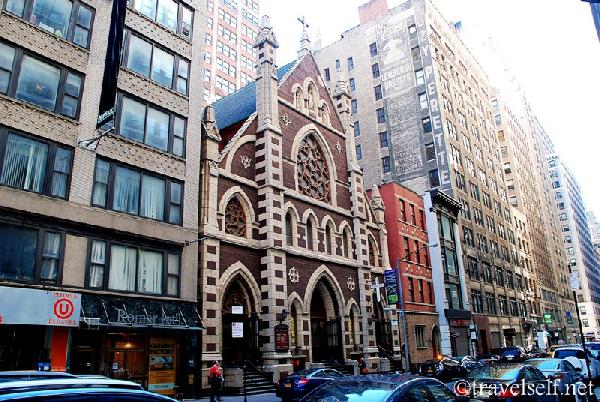
Church of The Holy Innocents, New York
Today, the church is the oldest building in this center of fashion and commerce. Nevertheless, as before, the church is considered a "second home" for thousands of workers and visitors who find comfort and support here. Through beautiful music and art, thanks to the services and programs of social assistance, the church helps people to improve at least a little and rise above the material.
The location of the churches can be viewed on the map:
See continuation
Churches of New York. Part 2. Churches of New York. Part 3
Churches of New York. Part 4.
Discover the world!
Discover the world!

 Helpful information
Helpful information

